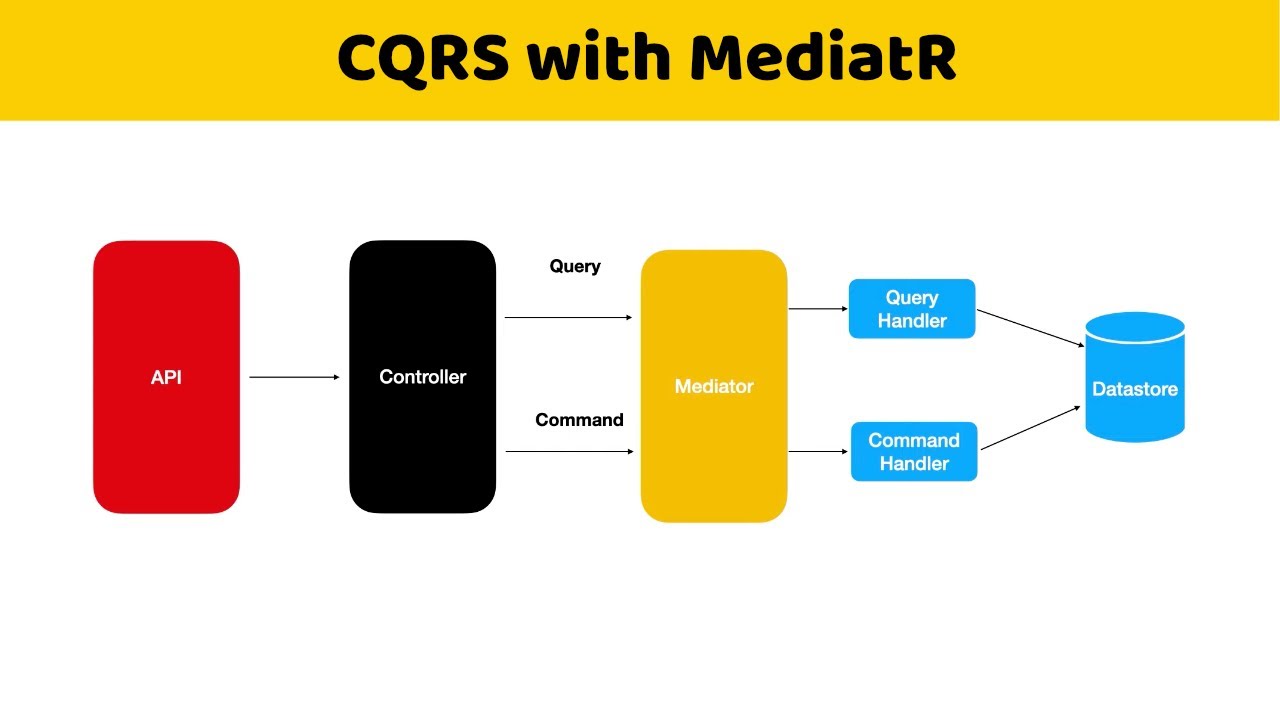CQRS

In the realm of software architecture and design patterns, Command Query Responsibility Segregation (CQRS) stands out as a powerful concept that has gained significant traction in recent years. Born out of the need to address complexity in modern software systems, CQRS offers a unique approach to separating concerns and optimizing the performance and scalability of applications. In this article, we delve into the intricacies of CQRS, exploring its principles, benefits, implementation strategies, and real-world applications.
Introduction to CQRS
CQRS, which stands for Command Query Responsibility Segregation, is a pattern that emphasizes the separation of concerns between commands that modify data (write operations) and queries that retrieve data (read operations). Unlike traditional architectures where the same model is used for both reading and writing data, CQRS advocates for the use of separate models to handle these responsibilities independently.
Principles of CQRS
At its core, CQRS is based on several key principles:
- Separation of Concerns: CQRS advocates for a clear separation between commands and queries. This separation allows developers to optimize each part of the system independently, leading to improved scalability, performance, and maintainability.
- Single Responsibility Principle (SRP): Following the SRP, CQRS ensures that each component of the system has only one reason to change. Commands are responsible for mutating state, while queries are focused solely on retrieving data.
- Modeling Complexity: By using separate models for commands and queries, CQRS enables developers to tailor each model to its specific requirements. This flexibility is particularly valuable in complex domains where the read and write operations have divergent needs.
- Event Sourcing: While not a strict requirement, CQRS is often coupled with Event Sourcing, a pattern where changes to the application state are captured as a series of immutable events. Event sourcing complements CQRS by providing a reliable audit trail of all state transitions.
Benefits of CQRS
The adoption of CQRS offers several benefits to software systems:
- Scalability: By decoupling read and write operations, CQRS allows developers to scale each part of the system independently. This scalability is essential for handling varying workloads and ensuring optimal performance under heavy loads.
- Performance Optimization: CQRS enables developers to optimize read and write operations separately. For example, read models can be denormalized for improved query performance, while write models can focus on maintaining data integrity.
- Flexibility: CQRS provides the flexibility to evolve the read and write models independently. This flexibility is particularly valuable in domains where requirements are subject to change or where different stakeholders have divergent needs.
- Improved Maintainability: By adhering to the principles of separation of concerns and single responsibility, CQRS leads to cleaner, more maintainable codebases. This simplifies debugging, testing, and refactoring efforts, making it easier to evolve the system over time.
Implementing CQRS
Implementing CQRS involves several key components:
- Command Handlers: Command handlers are responsible for executing commands that mutate the application state. These handlers validate incoming commands, apply business logic, and update the appropriate write model.
- Command Bus: The command bus acts as a mediator between clients and command handlers. It receives commands from clients and routes them to the appropriate handler based on their type.
- Write Models: Write models represent the state of the application and are responsible for handling write operations. These models encapsulate business logic and enforce data integrity constraints.
- Query Handlers: Query handlers are responsible for executing queries that retrieve data from the application. These handlers fetch data from one or more read models and return the results to the client.
- Read Models: Read models represent denormalized views of the application state optimized for querying. These models are typically updated asynchronously in response to events generated by write operations.
- Event Store: In conjunction with Event Sourcing, an event store is used to persist the sequence of events that describe changes to the application state. This event log serves as the single source of truth and enables reconstruction of application state at any point in time.
Real-World Applications of CQRS
CQRS has found widespread adoption in various domains, including:
- Financial Services: In financial applications, CQRS is used to separate transactional operations (e.g., processing trades) from analytical queries (e.g., generating reports). This separation allows for efficient handling of high-frequency trading and complex risk calculations.
- E-commerce: In e-commerce platforms, CQRS is employed to manage inventory, process orders, and analyze customer behavior. By separating read and write operations, e-commerce companies can optimize the user experience and handle spikes in traffic during peak shopping seasons.
- Healthcare: In healthcare systems, CQRS is used to manage patient records, schedule appointments, and analyze medical data. By segregating commands and queries, healthcare providers can ensure data integrity, compliance with regulatory requirements, and efficient access to patient information.
- Gaming: In online gaming platforms, CQRS is used to manage player interactions, handle in-game transactions, and analyze gameplay data. By decoupling write operations (e.g., updating player stats) from read operations (e.g., rendering game graphics), gaming companies can optimize performance and deliver a seamless gaming experience.
Conclusion
Command Query Responsibility Segregation (CQRS) offers a powerful approach to managing complexity in modern software systems. By separating commands that mutate data from queries that retrieve data, CQRS enables developers to optimize performance, scalability, and maintainability. While implementing CQRS requires careful consideration of architectural decisions and design trade-offs, the benefits it offers in terms of flexibility, performance optimization, and maintainability make it a compelling choice for a wide range of applications. As software systems continue to evolve to meet the demands of an ever-changing world, CQRS will undoubtedly remain a valuable tool in the software architect’s toolkit.





